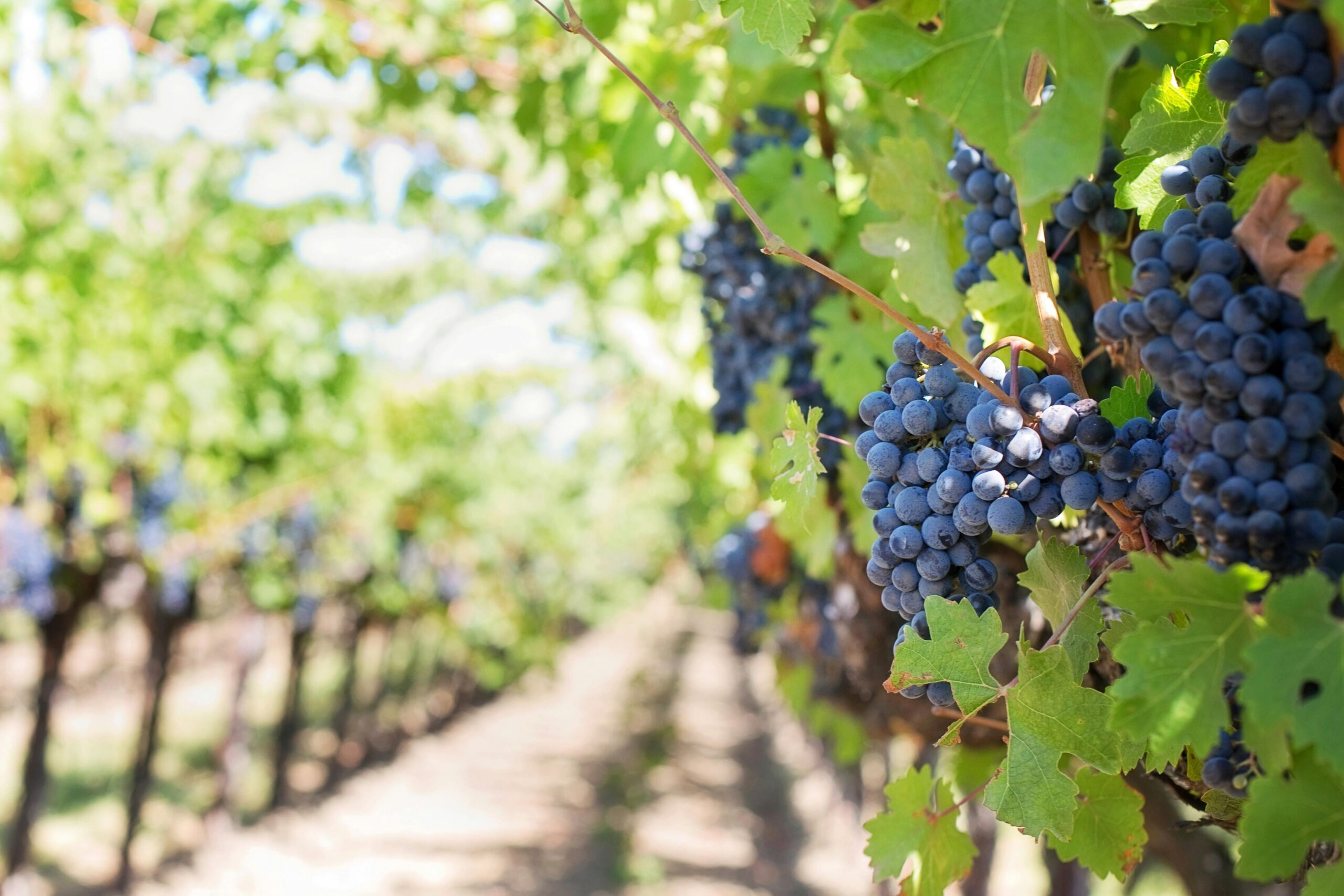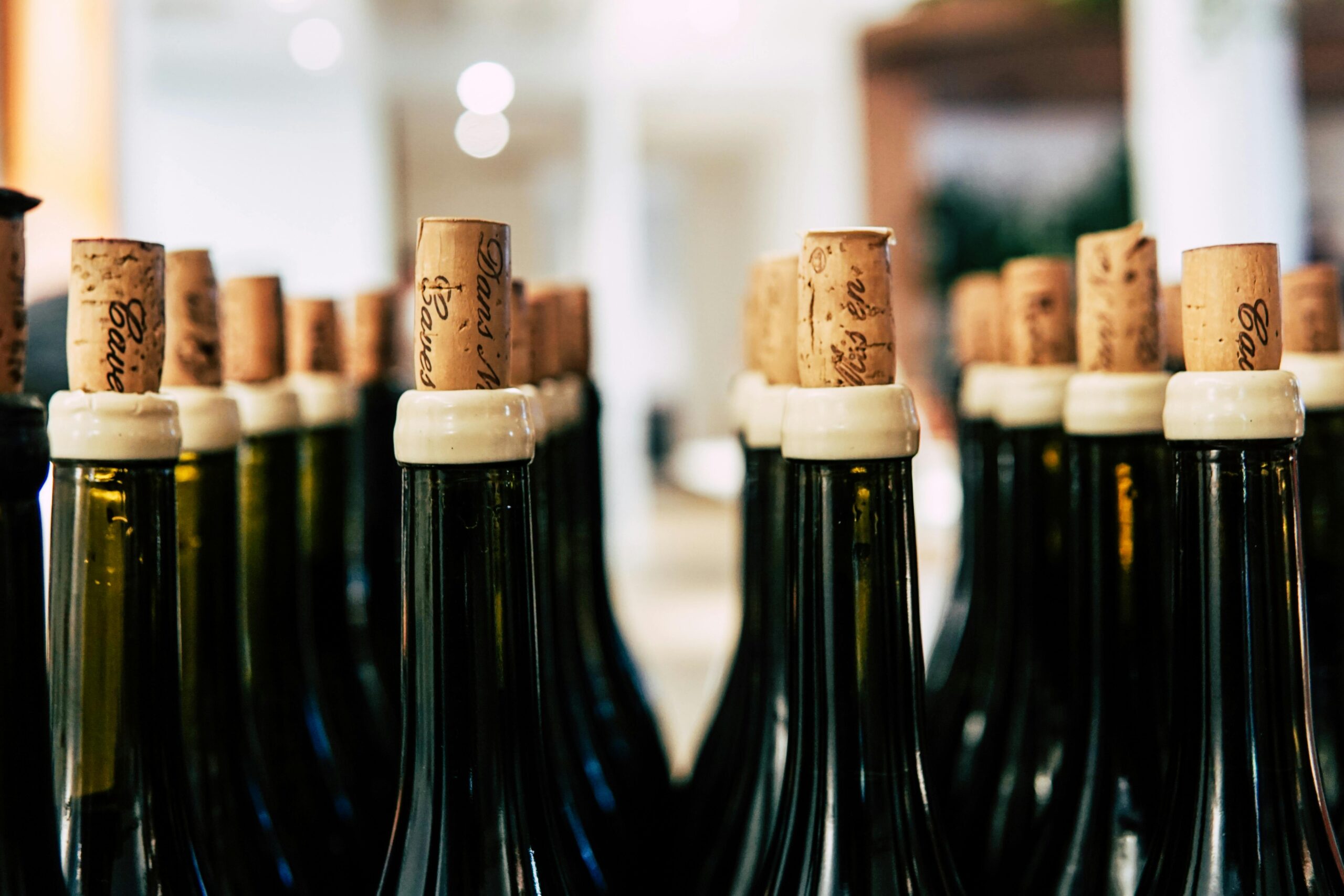How to get out of a hole? First, stop digging.
Few can deny that the Australian wine industry, our greatest piece of soft-diplomacy (Kylie excepted) is in a hole. No ordinary hole either, one of astonishing proportions. How do we get out of the hole and build a hill? How can the Australian wine industry be saved?
The wine industry’s numbers are staggering: over 160,000 full and part time jobs depend on the wine industry. In late 2023 KPMG calculated that Australia had a surplus of 400 million litres of wine ….. which in more meaningful numbers is 160 Olympic swimming pools…we’re not waving but drowning!
Around the world, over the last century, wine communities have faced up to the fact that they have too many vineyards and too few drinkers. It’s a cyclical thing and few regions escape. Bordeaux, the world’s largest fine wine region (by their own reckoning) is in the process of removing close to 10% of its vineyards. Yes, Bordeaux. Yes, almost 10%. South Australia is mentally scared by the vine pull scheme of the 1980s which was introduced to eliminate a surplus. The end of vine pull heralded a bright dawn; renewal, innovation, inward-investment and export growth. A vine pull scheme is already underway but sadly it lacks strategy, it is directed by the banks who want their money back (reasonably enough) and by growers who see no alternative.
This laissez-faire approach will not solve our problem and it will not reveal another bright dawn. Instead, we will have just a smaller industry, one no better suited to the world we are selling to. This haphazard approach leaves no one with their dignity, and we must not countenance that. A strategy is required. What strategy?
First: stop digging
How can our wineries buy grapes from growers when they have no tanks in which to ferment or store the wine? Building more tanks is not the answer. We cannot sell the wine now that we have not been able to sell over the last two years. It must be distilled. Yes, it is terrible thing but clearing the decks of unwanted wine takes an anchor off the industry. A distillation programme of this magnitude typically requires government support.

Step Two: Start re-building
This step requires some demolition to take place first. But demolition is a controlled thing, it isn’t simply destroying. At present the industry is being destroyed; death by a thousand random cuts. Strategically the industry needs to restructure so that what is being produced is aligned with what is being demanded. This does not mean the wholesale ripping out of vines in the inland regions, it means a considered restructure of all regions.
In tandem with this, we need to begin marketing to the world. The World
Not one market, but lots of markets concurrently. We know how good our wines are. Sadly, the world does not. Starved of proper funding, and an equitable distribution of funds to different markets, only one market, the one we no longer have, has had any meaningful attention in the last half a dozen years. In a previous life I was told by one of New Zealand’s biggest wineries that I couldn’t have more wine for the UK market because they had 42 other markets to look after.
This is the place we need to get Australia to: too many markets, too little wine. It is time for a generational funding model to begin building a hill from which we can wave the Australian wine flag.
None of these solutions can be implemented by one body or tier of government. But as the numbers show, this sector is too big to be casually allowed to fail.
…




